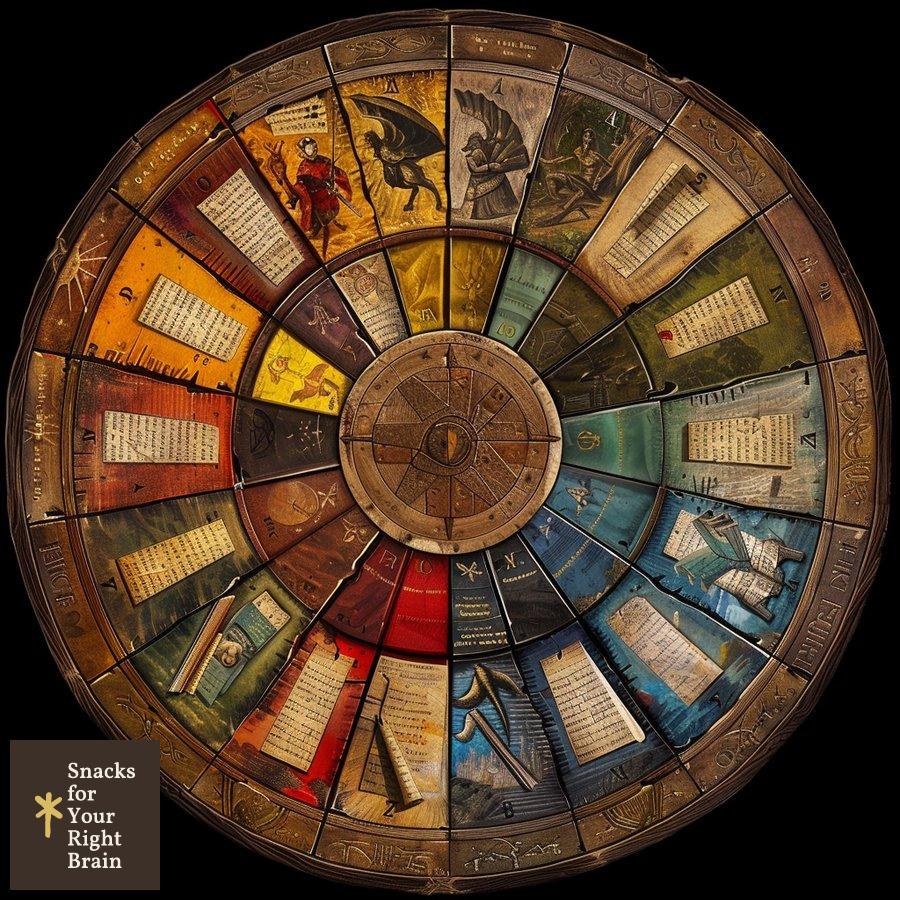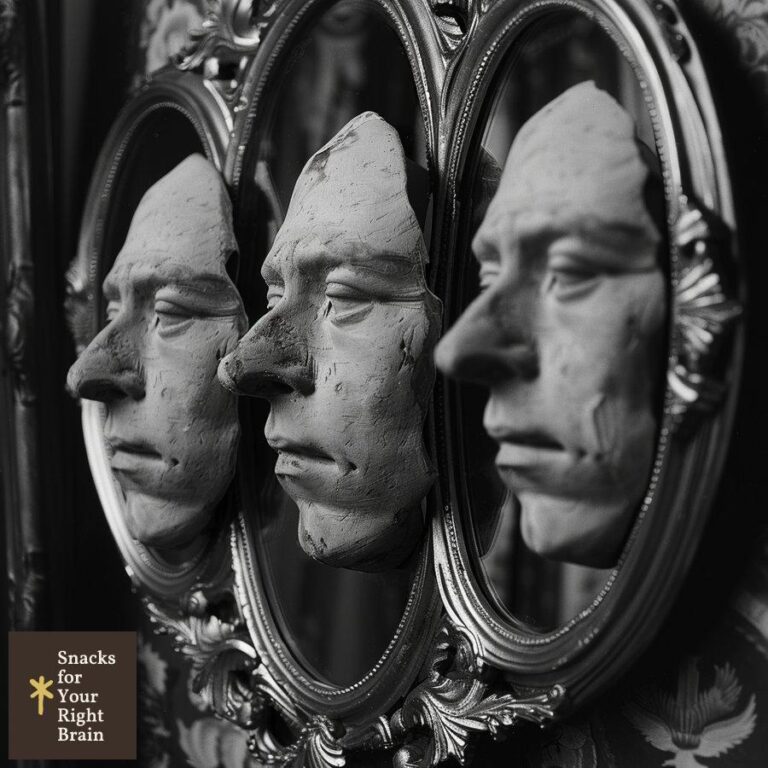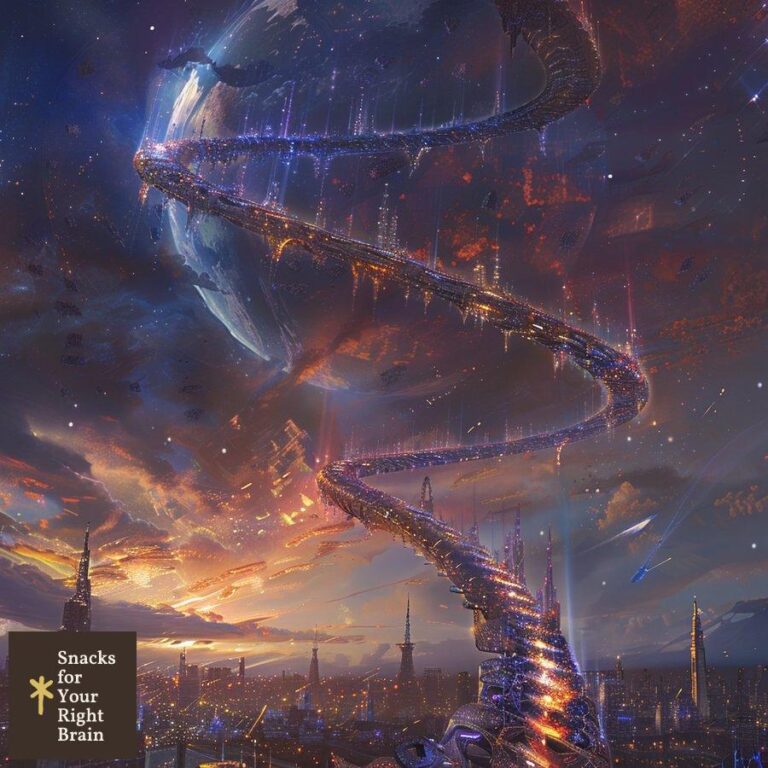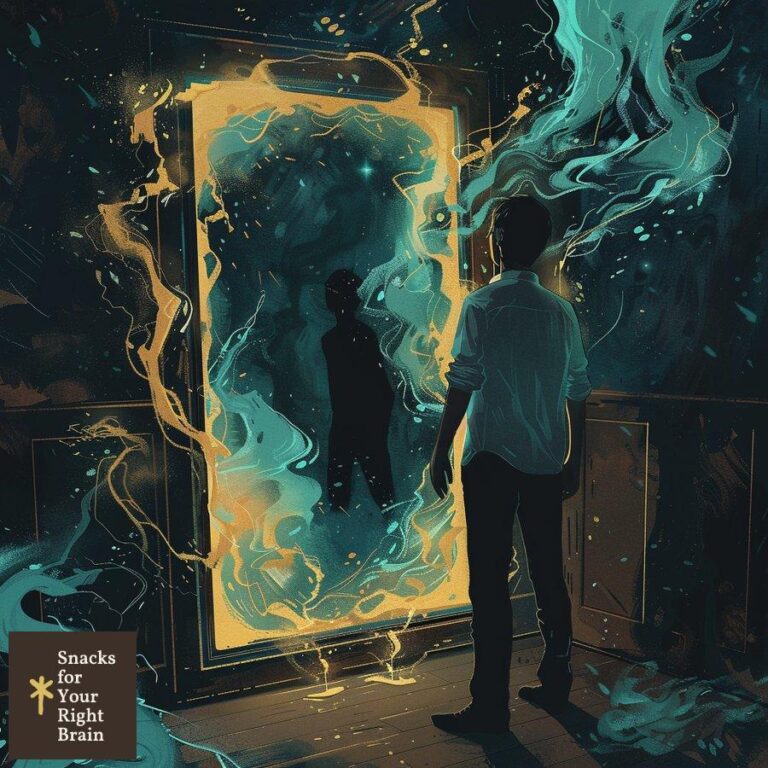What Are the Two Types of Flashbacks in Literature
What are flashbacks in literature?
Flashbacks are a significant narrative device used in literature to provide context and depth to a story. They interrupt the chronological flow of the narrative, allowing readers to experience events that occurred before the current timeline. This technique enriches character development and plot progression by revealing critical backstory elements that shape the characters’ motivations and the story’s themes.

Flashbacks can be categorized into two main types: external analepsis and internal analepsis. External analepsis refers to events that occur before the story begins, while internal analepsis involves revisiting events that have already been presented earlier in the narrative. Understanding these distinctions is essential for writers seeking to employ flashbacks effectively.
Importance of Flashbacks
Flashbacks serve several purposes in storytelling:
-
Character Insight: They reveal crucial information about a character’s past, helping readers understand their current actions and motivations.
-
Plot Development: Flashbacks can introduce key events that influence the present storyline, creating suspense and intrigue.
-
Emotional Resonance: By delving into a character’s history, flashbacks can evoke empathy and emotional connections with readers.
Examples in Literature
Classic examples of flashbacks can be found in works such as The Great Gatsby, where Gatsby’s memories of Daisy provide essential context for his obsessive love, and Atonement, where Briony Tallis’s recollections shape the narrative’s moral complexity. These instances illustrate how flashbacks can enhance the reader’s understanding of characters and their relationships.
How do external analepsis flashbacks work?
External analepsis involves revisiting events that occurred before the main narrative begins. This type of flashback is crucial for establishing context and background information that informs the reader about the characters’ histories and the circumstances leading to the present situation.
Characteristics of External Analepsis
-
Temporal Shift: External analepsis takes the reader back to a time before the current events, often providing insights that are not immediately available in the present narrative.

-
Narrative Techniques: Authors often use specific narrative techniques, such as changes in tense or shifts in perspective, to signal the transition into a flashback. For example, a shift from present tense to past tense can indicate that the reader is entering a memory.
-
Triggers: External flashbacks are typically triggered by specific events or stimuli in the present narrative. For instance, a character might recall a significant childhood event upon encountering a familiar object or location, creating a seamless transition between timelines.
Examples of External Analepsis
In The Odyssey, Odysseus recounts his adventures during a flashback to provide context for his current situation. Similarly, in The Hunger Games, Katniss Everdeen reflects on her past experiences with Peeta, which deepens the reader’s understanding of their complex relationship.
What characterizes internal analepsis flashbacks?
Internal analepsis refers to flashbacks that revisit events already presented within the narrative. This technique is often used to provide additional context or to deepen the reader’s understanding of a character’s motivations and actions.
Characteristics of Internal Analepsis
-
Revisiting Past Events: Internal analepsis allows the author to elaborate on previously introduced events, offering new perspectives or insights that enhance the narrative.
-
Character Reflection: This type of flashback often involves a character reflecting on their past, which can reveal their emotional state and motivations in the present.
-
Seamless Integration: Internal flashbacks can be integrated more smoothly into the narrative, as they build on events that the reader is already familiar with, creating a sense of continuity.
Examples of Internal Analepsis
In The Girl on the Train, the protagonist’s recollections of her past interactions with other characters provide critical context for her current situation. Similarly, in The Catcher in the Rye, Holden Caulfield frequently reflects on his past experiences, which shape his worldview and emotional struggles.
How do authors implement flashbacks effectively?
Effectively implementing flashbacks requires careful consideration of timing, context, and narrative structure. Authors must ensure that flashbacks serve a clear purpose and enhance the overall storytelling experience.
Strategies for Effective Flashbacks
-
Establish Clear Triggers: Authors should create specific triggers in the present narrative that prompt the flashback. This can be an object, a location, or a sensory experience that evokes a memory.
-
Maintain Consistent Tense: Keeping the verb tense consistent helps readers navigate between the present and past timelines. For instance, if the main narrative is in past tense, the flashback should also be in past tense.
-
Keep It Concise: Flashbacks should be brief and focused on a single event or emotion. Lengthy flashbacks can disrupt the narrative flow and confuse readers.
-
Advance the Story: Flashbacks should contribute to character development or plot progression. They should not merely serve as a diversion but should provide essential information that enriches the current storyline.
Examples of Successful Implementation
In The Kite Runner, Khaled Hosseini uses flashbacks to illustrate Amir’s childhood experiences, which inform his adult decisions. Similarly, in Beloved, Toni Morrison employs flashbacks to reveal the traumatic past of her characters, deepening the reader’s emotional engagement with their struggles.
What impact do flashbacks have on reader experience?
Flashbacks significantly influence the reader’s experience by shaping their understanding of characters and events. They can evoke emotions, create suspense, and enhance the overall narrative complexity.
Emotional Engagement
Flashbacks often elicit strong emotional responses from readers. By revealing a character’s past traumas or joys, authors can foster empathy and connection, making the characters’ struggles more relatable.
Narrative Complexity
Incorporating flashbacks adds layers to the narrative, allowing authors to explore multiple timelines and perspectives. This complexity can create a richer reading experience, as readers piece together the connections between past and present events.
Reader Anticipation
Flashbacks can build suspense by hinting at unresolved conflicts or mysteries. As readers gain insights into a character’s history, they may become more invested in the unfolding narrative, eager to see how past events influence current actions.
How do flashbacks contribute to character development?
Flashbacks play a vital role in character development by providing insights into a character’s history, motivations, and emotional states. They allow readers to understand the factors that shape a character’s identity and decisions.
Revealing Backstory
Flashbacks reveal essential backstory elements that inform a character’s current behavior. By understanding a character’s past experiences, readers can better appreciate their motivations and conflicts.
Exploring Emotional Depth
Flashbacks can delve into a character’s emotional struggles, showcasing their fears, regrets, and desires. This exploration adds depth to the character, making them more relatable and complex.
Illustrating Growth and Change
Flashbacks can also highlight a character’s growth over time. By contrasting past and present experiences, authors can demonstrate how characters evolve in response to their circumstances.
When should writers use external vs. internal analepsis?
Choosing between external and internal analepsis depends on the narrative’s needs and the desired impact on the reader. Each type serves distinct purposes and can be used strategically to enhance storytelling.
External Analepsis
-
Use for Context: External analepsis is ideal for providing background information that is crucial for understanding the present narrative. It can set the stage for the story’s central conflict or themes.
-
Introduce New Information: This type of flashback can reveal events or characters that have not yet been introduced, enriching the reader’s understanding of the plot.
Internal Analepsis
-
Enhance Existing Events: Internal analepsis is best used to elaborate on events already presented in the narrative. It can deepen the reader’s understanding of a character’s motivations or reactions.
-
Create Emotional Resonance: This type of flashback can evoke strong emotions by revisiting significant moments in a character’s life, allowing readers to connect more deeply with their experiences.
How do flashbacks function in different literary genres?
Flashbacks are versatile tools that can be adapted to various literary genres, each utilizing the technique to serve specific narrative purposes.

Fiction
In fiction, flashbacks often provide essential backstory that informs character motivations and plot developments. They can create suspense by revealing secrets or unresolved conflicts from the past.
Mystery and Thriller
In mystery and thriller genres, flashbacks can be used to create tension and intrigue. They may reveal critical clues or past events that impact the current investigation, keeping readers engaged and guessing.
Historical Fiction
In historical fiction, flashbacks can transport readers to different time periods, enriching the narrative with historical context. They can provide insights into characters’ lives and the events that shaped their experiences.
Literary Fiction
In literary fiction, flashbacks often serve to explore complex themes and character dynamics. They can delve into the emotional and psychological aspects of characters, adding depth to the narrative.
What are common pitfalls when using flashbacks?
While flashbacks can enhance storytelling, they also come with potential pitfalls that writers must navigate carefully. Recognizing these challenges can help authors use flashbacks more effectively.
Disruption of Narrative Flow
Flashbacks can disrupt the flow of the narrative if not integrated smoothly. Sudden shifts in time can confuse readers and break their immersion in the story.
Overuse of Flashbacks
Excessive use of flashbacks can overwhelm readers and detract from the main storyline. Writers should use flashbacks judiciously, ensuring that each one serves a clear purpose.
Lack of Relevance
Flashbacks that do not contribute to character development or plot progression can feel extraneous. Each flashback should provide essential information that enhances the reader’s understanding of the current narrative.
How have flashback techniques evolved in modern literature?
Flashback techniques have evolved significantly in modern literature, reflecting changes in narrative style and reader expectations. Contemporary authors often experiment with flashbacks to create innovative storytelling approaches.
Nonlinear Narratives
Many modern authors employ nonlinear narratives that incorporate flashbacks as a central storytelling device. This approach allows for a more dynamic exploration of characters and themes, as seen in works like The Night Circus by Erin Morgenstern.

Fragmented Structures
Some contemporary works utilize fragmented structures that interweave flashbacks with present events. This technique can create a sense of disorientation, mirroring characters’ emotional states and enhancing the reading experience.
Diverse Perspectives
Modern literature often features multiple perspectives, allowing for various interpretations of past events. Flashbacks can be used to present contrasting viewpoints, adding complexity to character relationships and themes.
Conclusion
Flashbacks are a powerful literary device that enriches storytelling by providing context, depth, and emotional resonance. Understanding the different types of flashbacks, their functions, and the potential pitfalls can help writers use this technique effectively. As literature continues to evolve, flashbacks will remain a vital tool for conveying character development and enhancing reader engagement.






